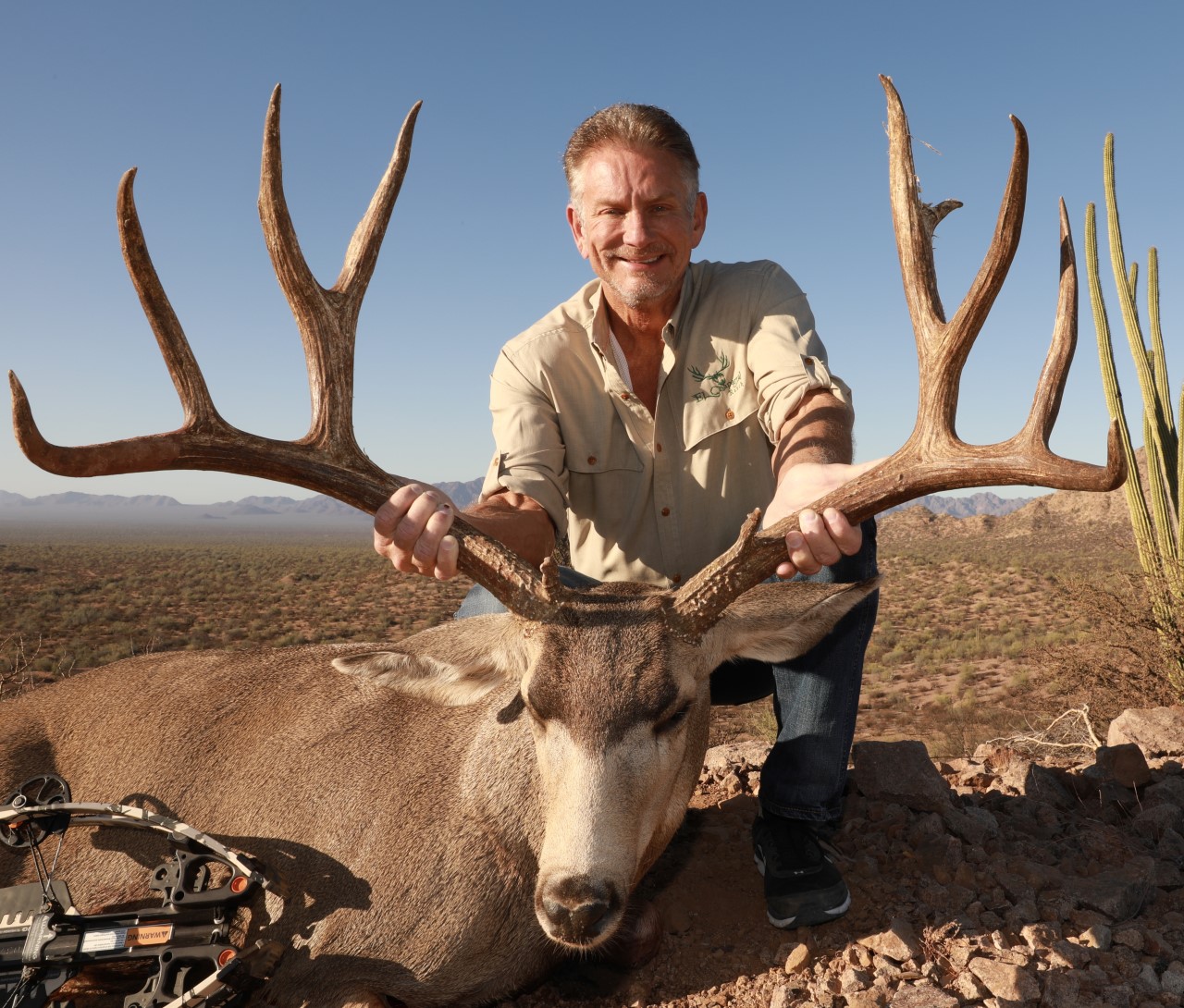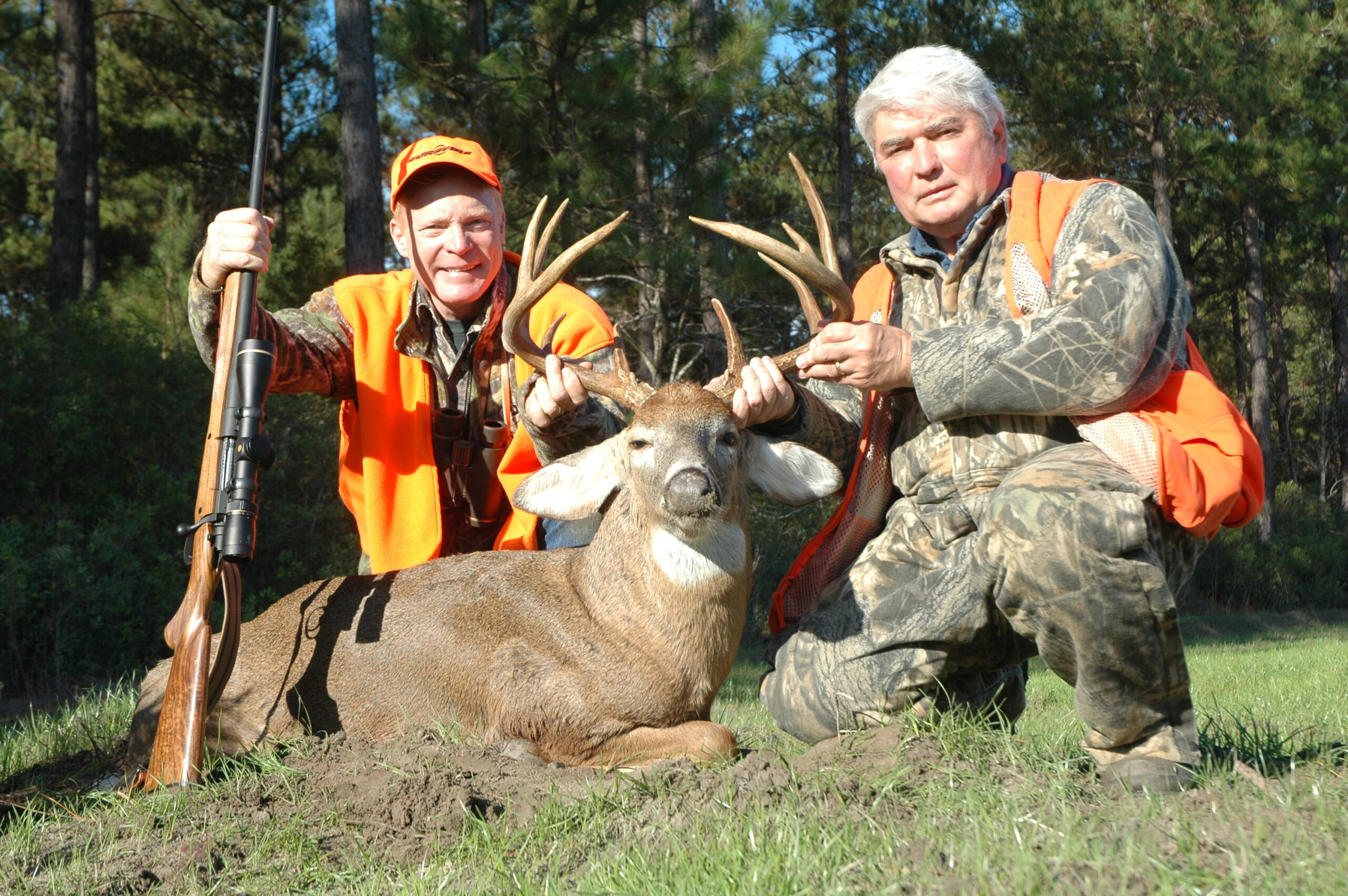Six to eight years ago we dramatically changed our approach to coaching clay and wing shooting after reading Anders Erickson’s book “Peak” where he talks about why and in what detail the brain must have a Mental Representation (MR) of what you are asking it to do before you ask it to do it.
So, we changed our approach from getting shooters to hit targets with the same flawed swing mechanics to making fundamental changes in their mechanics so they could self-correct. The first step in self-correction is the elimination of variables that are creating inconsistencies in the fundamentals and which make the root cause for the miss much more obvious.
Hence “self-correction.” Regardless how sound a shooter’s fundamentals are, the eventual missed target/bird will occur and it is at that point that the shooter must not only have a plan to correct for the missed target, but must have practiced that plan when training or practicing. It is this situation that we are going to discuss in detail in the following paragraphs, so read on.

As coaches to many shooters worldwide, both in person and through our Knowledge Vault website, helping them overcome a missed target or a loss by only one or two targets is something we are asked about often. The typical reaction to a less than satisfactory station for the majority of shooters is immediate gibberish as they exit the stand, reflecting on how they missed the shot(s) all of which is supposed to, in their own mind, let all the on lookers know that they know exactly what happened, so as to not have to admit they don’t know why they missed to a crowd who really doesn’t give a rat’s behind if they hit the targets or not.
Most shooters’ reaction to adversity is to allow themselves to speed up in everything they do. Especially in how fast they talk, which leads to a timing problem, which leads to hope, which leads to evaluation, which drinks deeply the hormonal cocktail of choice, which is cortisol — a hormone that makes your hands speed up, compromises your ability to focus and makes your breathing shallow and labored. This thought process typically occurs in a win or lose situation and this thought process is instant evaluation in the face of adversity.
Years ago, back in the mid ‘80s, Gil finished a really good round of sporting at Greater Houston Gun Club. Andy Banks watched intently as Gil ran the last station and asked what his score was. Gil said he didn’t know. So, Andy asked to see his score card, to which Gil said, “Andy it don’t matter who wins or loses as long as you do your best!” Andy replied, “I can agree with part of that, in that it doesn’t matter whether you win or lose, because what matters is whether I win or lose!”
As shooters go through a course, especially in a tournament situation, they continually expound about how they missed the target and eventually they become a prophet about how they will continue to miss the future targets. These shooters are living in the past and reliving the misses, which leads to evaluation and perpetuates the same problems over and over.
The interesting thing is that you are either going to live in the corrections or the problems and your ability to live in the solutions is a habit that must be learned and revisited consistently. One of the ways you can create and use this habit to your benefit is to use words that really mean something. Become forgetful about what just happened, learn from it and move on! Fewer words with thoughts prior to engaging your tongue is a very helpful habit to have when adversity rears its ugly head.
Back in October Gil was shooting in the National Sporting Championship in San Antonio. During the 800 targets he shot, winning was the last thing on his mind. In fact, it was so not on his mind that he never looked at a score sheet except in FITASC when he had to sign by his score.
Gil was not there to win but he was there to see how his skills and how the limited but focused practice we did would allow him to remain calm and make great corrections, because of his specific preloads and deepening his word associations about the different approaches he would use on the different targets.
The Post-shot routine and the Correction routine must be trained for in practice so they are both reflexive and happen as a flashback. Having the ability to instantly confirm what each shot looked like when the targets broke, or what it looked like when the miss occurred and what to do to correct, especially when you have specifically trained these routines, plays a huge roll in remaining calm, both when facing adversity as well as success. There is a great opportunity to become careFULL or careLESS in pressure situations and neither will lead to anything satisfying.
So, let’s talk a little bit about how we practiced the three times we had time to practice leading up to going to the actual tournament. In our research we have determined that when we shoot different shots, especially in sporting, many shooters think that they are using the same circuit, just a different timing and speed.
Again, research has proven that they are not. Upon viewing each shot in a pair on each station, your brain, in a matter of seconds, must choose a beginning, middle and an ending from its inventory of circuits you have trained in practice and put them together synchronously. This is RECALL.
Our experience is that most shooters go out and shoot the course, and if they had difficulty on a station will go back and work on specific shots without recalling in detail how and where they want to hit each target in each pair. This is called blocked practice. They are usually shooting on their home course and are familiar with the surroundings.
Their brain just puts circuits together and even if they have a great score in their practice rounds, on game day this approach falls apart on targets and courses they have never seen. They are not forcing their brains to recalldifferent parts of different circuits from their past, so the brain just uses whatever was used on the last station or another station, which results in chasing the birds down and trying to fix the shot at the end. There are so many variables in each shot when the misses occur that they cannot be corrected and frustration is the result. But they shot so well in practice!
In our three practice sessions, we shot no more than three or four boxes of ammo and shot only singles, but we each announced what approach we were going to shoot and where we were going to break the target, which forced our brains to recall parts of different circuits synchronously, as we were choosing our break points.
We did not keep score and we only shot singles, but due to the intensity and deliberate mind set, our brains were tired, so we just stopped. With each practice came, through reflection, more and more confidence and an ability to commit to an approach instantly. We did not shoot a lot, but the intensity of our practice was consistently higher and higher, which led to increased confidence and patience to let the shot develop, based on our chosen break point and technique.

Something we all felt extremely helpful was using a specific word association with a technique when choosing a break point, as it began to categorize for our brains a specific technique. Currently in our OSP stable of approaches we have four, and we refer to them as “catch,” “converge,” “challenge” and “stroll.”
We were all amazed at how quickly the brain could visualize in detail without thought exactly how we wanted the shot to come together in our chosen break point. The hold points and focal points took care of themselves and when we said, “I am going to ‘challenge’ that one, right there the reflexive detailed visualization got more and more vivid without thought, which created confidence in what we were doing, which made performance easy.–Gil and Vicki Ash




